NARRATOR:
Imogen Cunningham fixed her sharp-focus camera lens on the geometries and patterns of the world around her—pairs of hands, a nude figure, the leaves of an agave plant. But the images she is perhaps best known for are her photographs of flowers:
IMOGEN CUNNINGHAM:
And, of course, the Magnolia flower, the most common plant, the most common job I ever did, is still on exhibition at the Museum of Modern Art. And if ever they sell a print, that’s what they sell.
NARRATOR:
Cunningham, a mother of three, made a living taking portraits. In the 1930s, Vanity Fair magazine sent her to Hollywood, where she photographed Cary Grant, Spencer Tracy, and other stars of the day. These encounters with the rich and famous were a far cry from her humble beginnings:
CUNNINGHAM:
I’d made up my mind that I wanted to be a photographer. So I saved my money, whatever little it was—and it was 15 dollars, to tell you the truth—and sent it to the Correspondence School in Scranton, Pennsylvania. And they sent me a 4-by-5 camera and a box of glass plates. And I started on my own. That was 1901.
NARRATOR:
At the turn of the century, there were few professional woman photographers. But Cunningham was never one for convention. Her life spanned many generations; she wrote Photography as a Profession for Women in 1913 and then found herself mentoring young feminist photographers in the 1970s as they, too, struggled to find acceptance in the field.
 Imogen CunninghamMills College Amphitheatreca. 1920
Imogen CunninghamMills College Amphitheatreca. 1920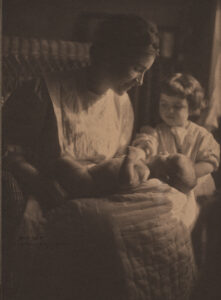 Imogen CunninghamPortrait of Lela Baker and Daughter Dorothyca. 1910
Imogen CunninghamPortrait of Lela Baker and Daughter Dorothyca. 1910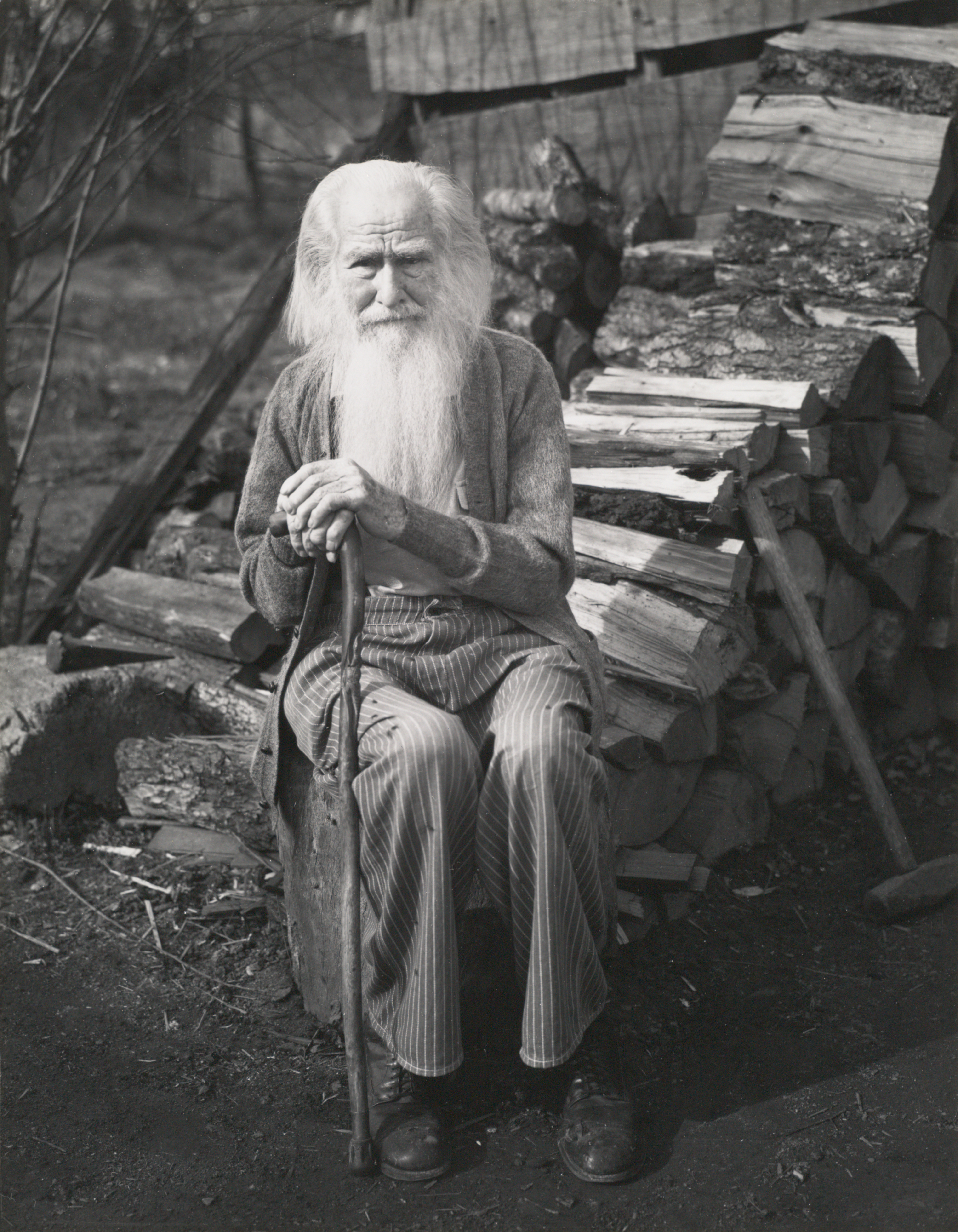 Imogen CunninghamUntitled1936; printed 1971
Imogen CunninghamUntitled1936; printed 1971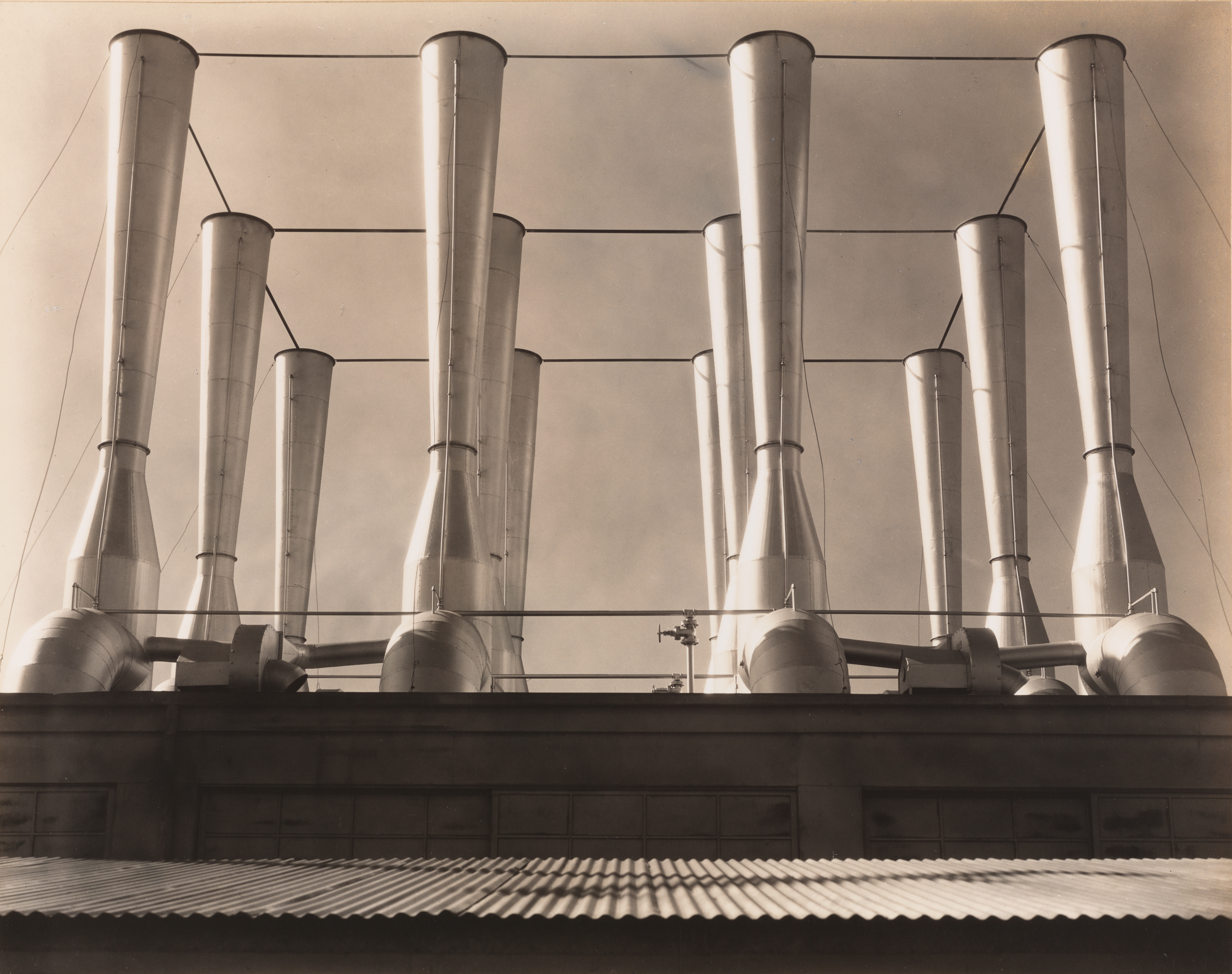 Imogen CunninghamFageol Ventilators1934
Imogen CunninghamFageol Ventilators1934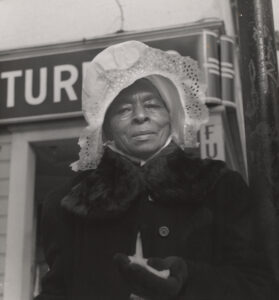 Imogen CunninghamSunbonnet Ladyca. 1950
Imogen CunninghamSunbonnet Ladyca. 1950 Imogen CunninghamMaria Kolischca. 1960
Imogen CunninghamMaria Kolischca. 1960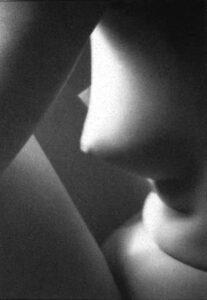 Imogen CunninghamTriangles1928; printed later
Imogen CunninghamTriangles1928; printed later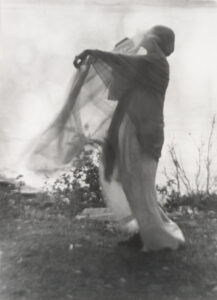 Imogen CunninghamThe Wind1910, printed ca. 1970
Imogen CunninghamThe Wind1910, printed ca. 1970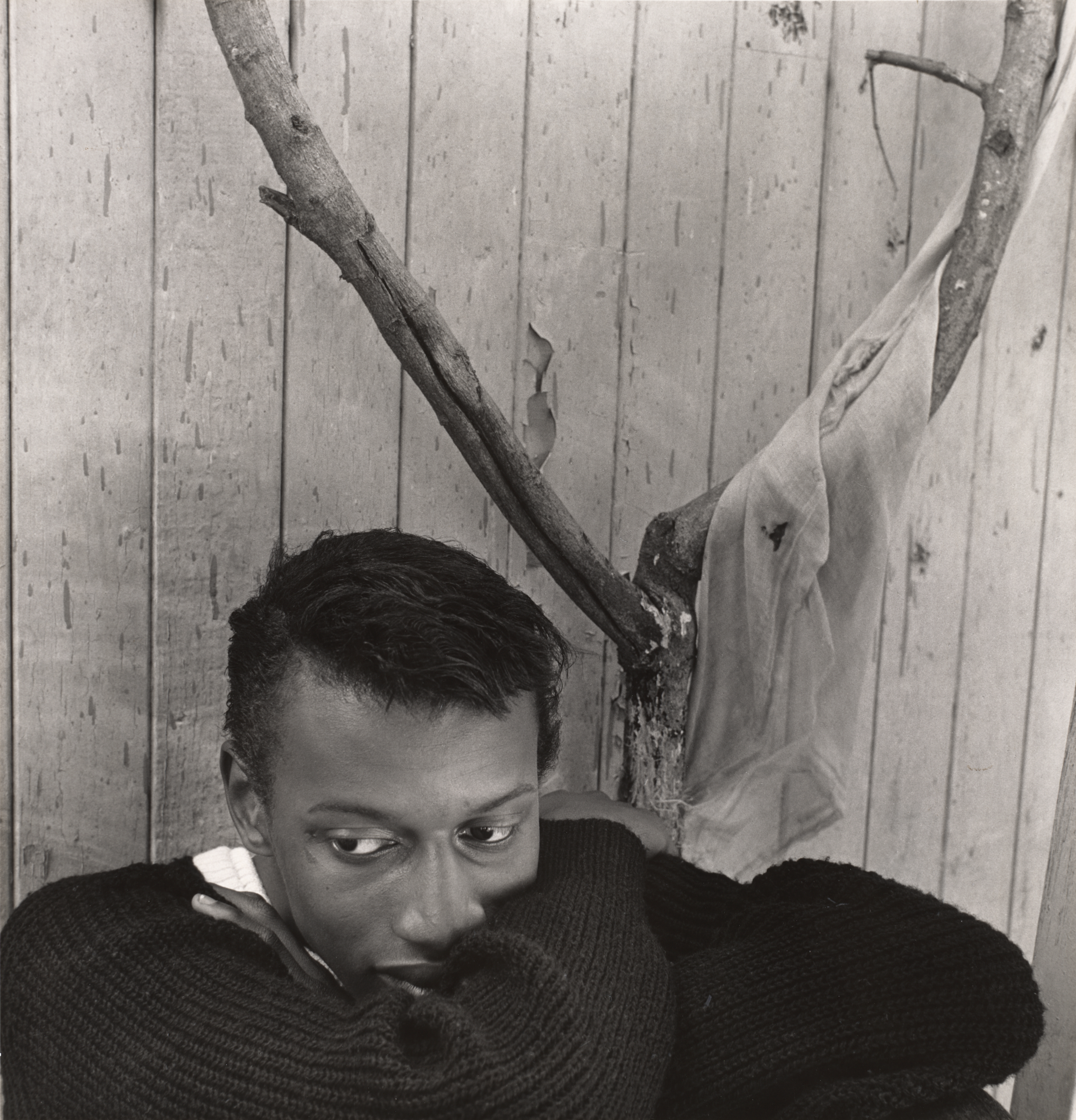 Imogen CunninghamStan1958
Imogen CunninghamStan1958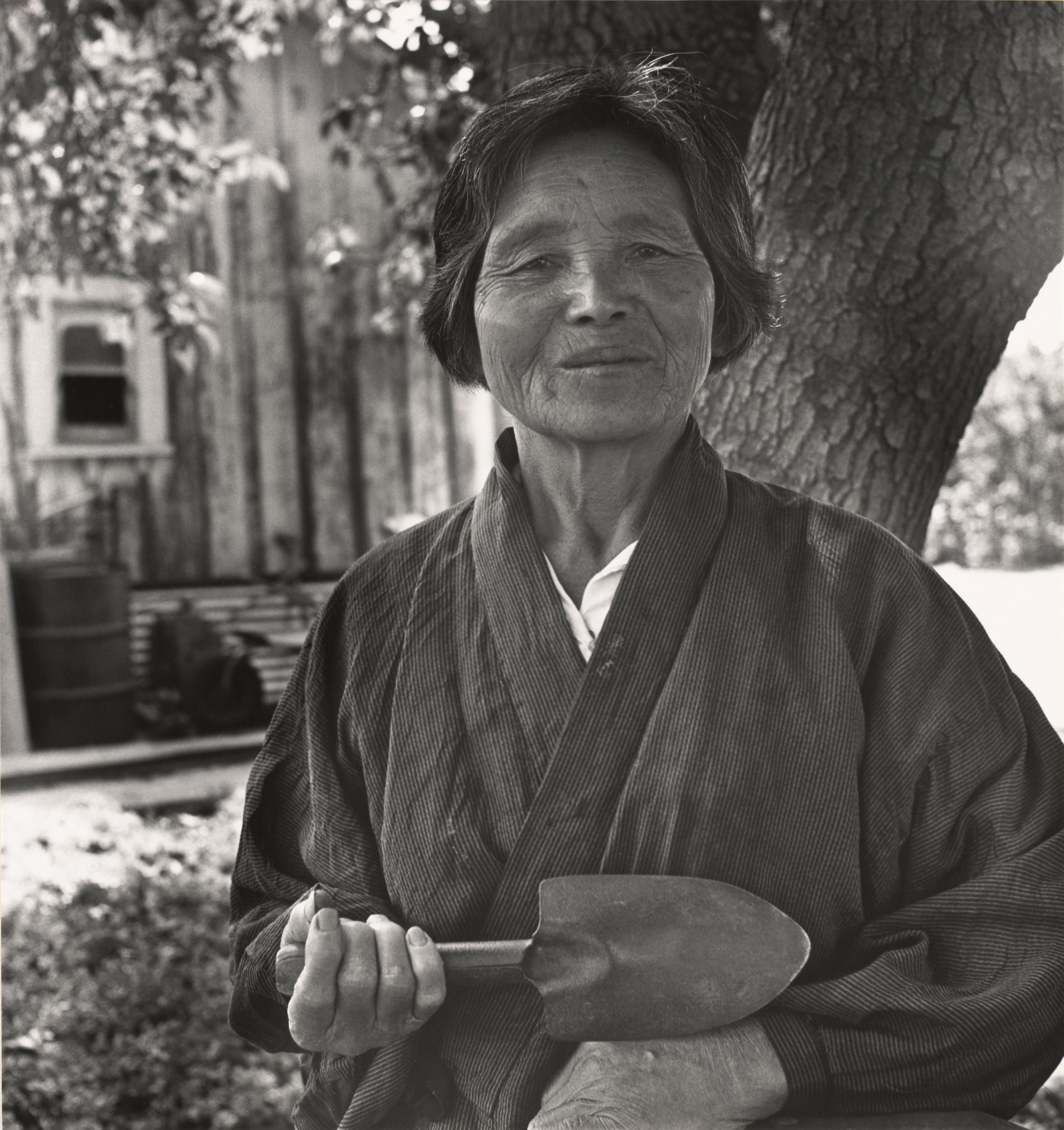 Imogen CunninghamHaru Asawa1966
Imogen CunninghamHaru Asawa1966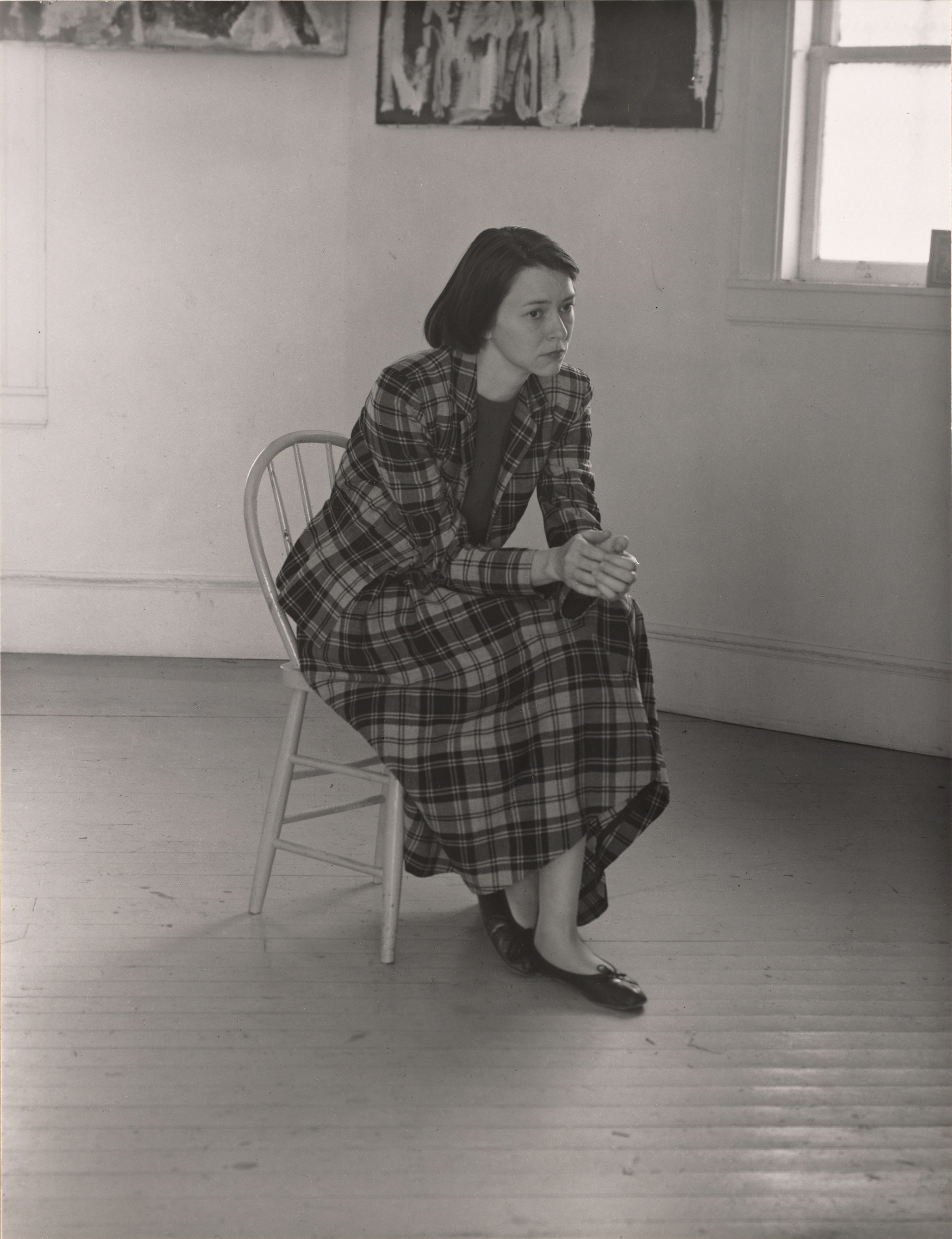 Imogen CunninghamBarbara Deming1953
Imogen CunninghamBarbara Deming1953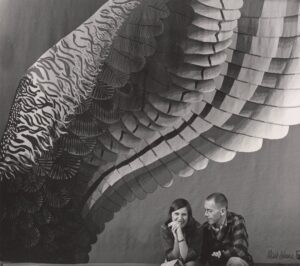 Imogen CunninghamMark Adams and his wife Beth Van Hoesen1963
Imogen CunninghamMark Adams and his wife Beth Van Hoesen1963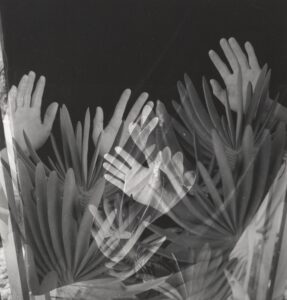 Imogen CunninghamHands and Aloe Plicatilisca. 1967
Imogen CunninghamHands and Aloe Plicatilisca. 1967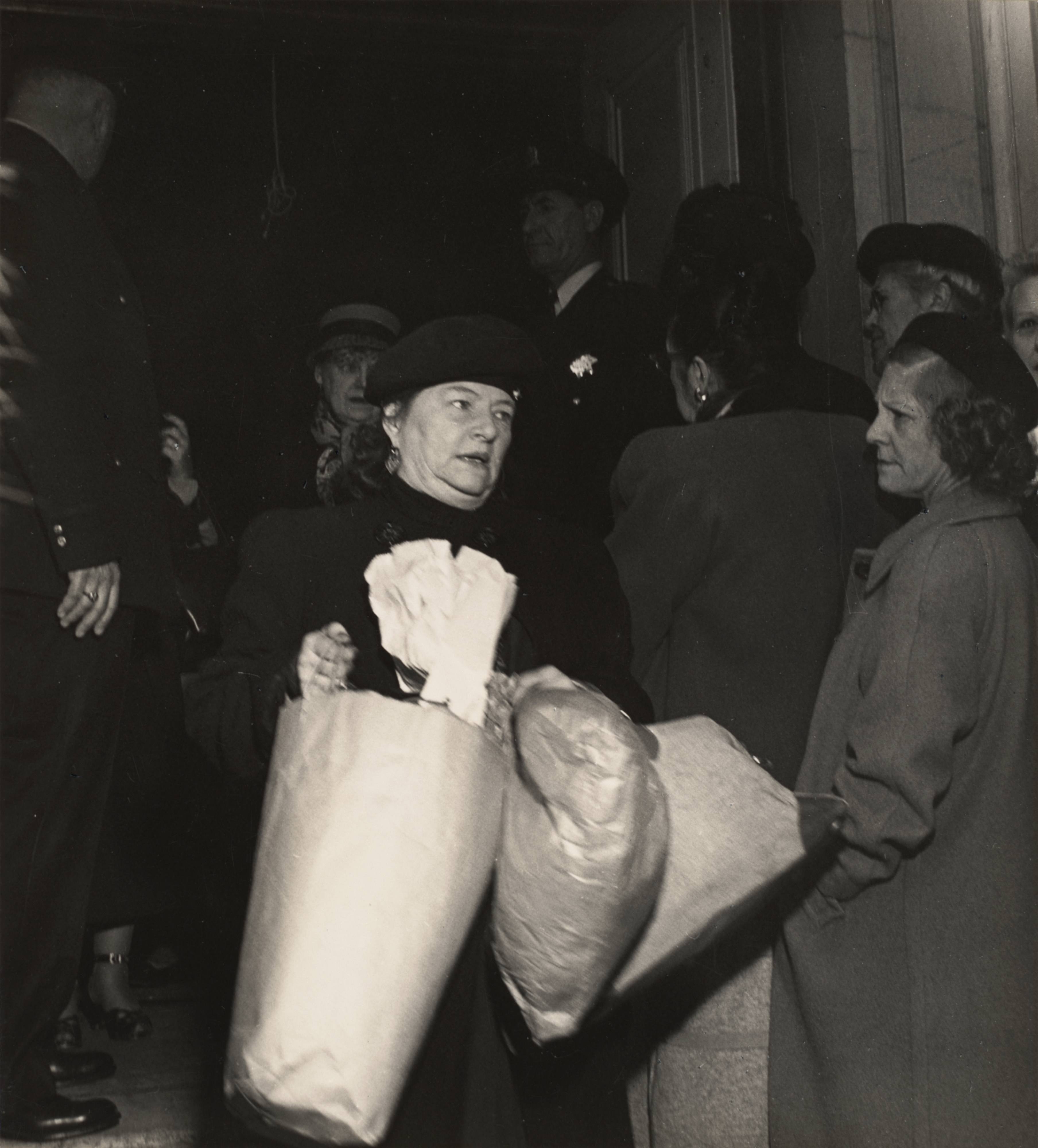 Imogen CunninghamRummage Sale No. 61948
Imogen CunninghamRummage Sale No. 61948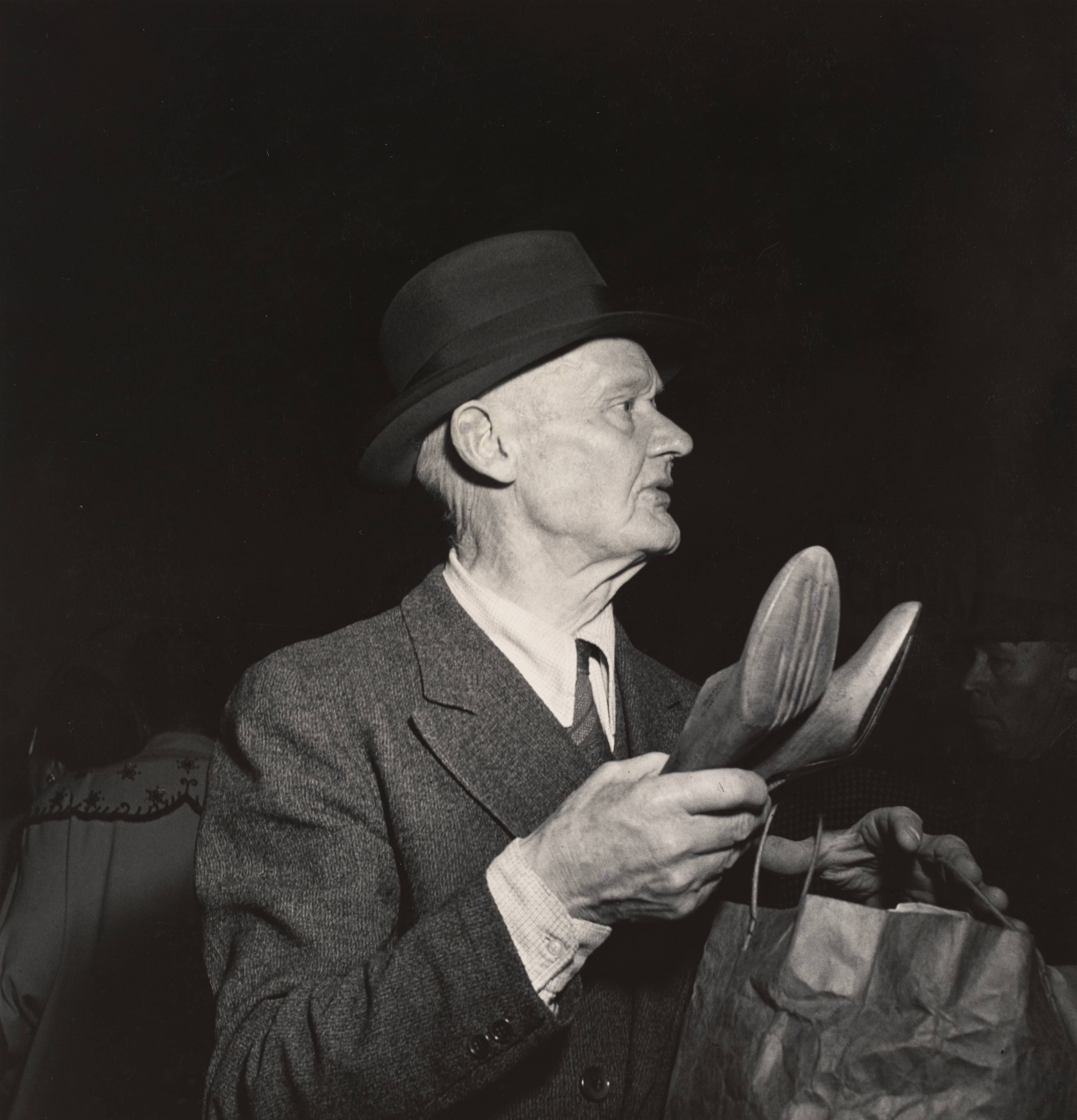 Imogen CunninghamRummage Sale No. 51948
Imogen CunninghamRummage Sale No. 51948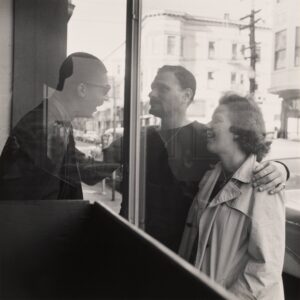 Imogen CunninghamWith Beats, Upper Grant Avenueca. 1955
Imogen CunninghamWith Beats, Upper Grant Avenueca. 1955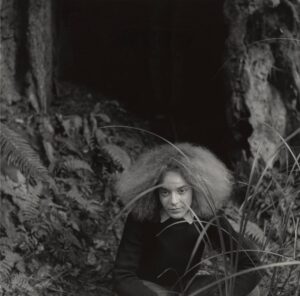 Imogen CunninghamIn Mendocino Woods1971
Imogen CunninghamIn Mendocino Woods1971